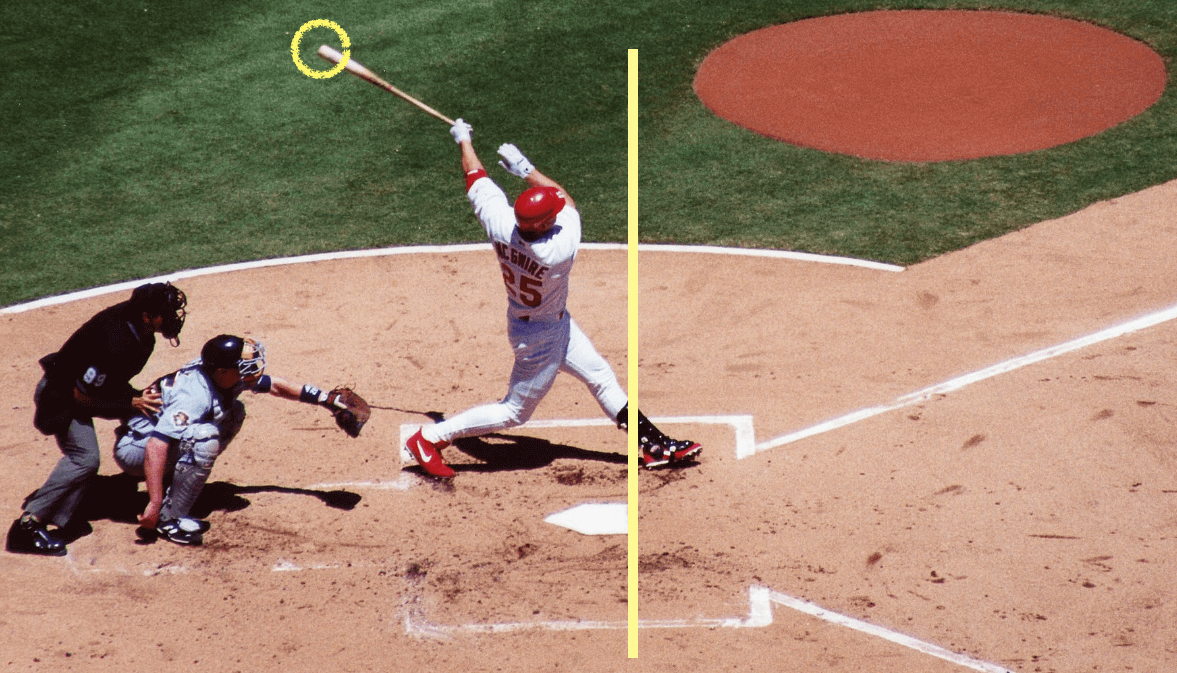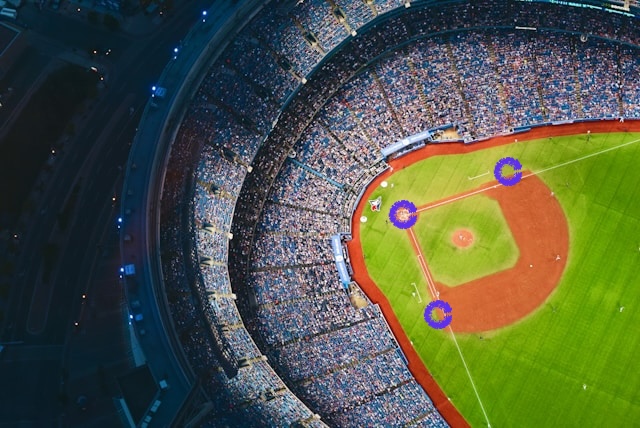Half-Swing Rule
Mainly used to determine whether the batter’s swing is valid.
When the batter swings, if the tip of the bat crosses the midline of home plate, it is considered a “half-swing.”

Ball and Strike Judgment
| Half-Swing | Yes | No |
|---|---|---|
| Ball and Strike Determination | Strike | Ball |
Judgment Umpires
The home plate umpire can make a decision independently. If they cannot determine whether it was a half-swing, they will ask the first base umpire or third base umpire for assistance.
| Batter | Assisting Umpire |
|---|---|
| Left-Handed Batter | Third Base Umpire |
| Right-Handed Batter | First Base Umpire |
Frequently Asked Questions
Why does it sometimes appear that there was a half-swing, but the umpire did not call it?
Possible reasons:
- The umpire may be too far from home plate to see clearly.
- The viewing angle is not from the side of the batter but from a 45-degree angle behind first or third base.
Therefore, the actual judgment is based on the umpire’s subjective assessment, and they do not review video replays. If every pitch were reviewed, the game would never finish.

